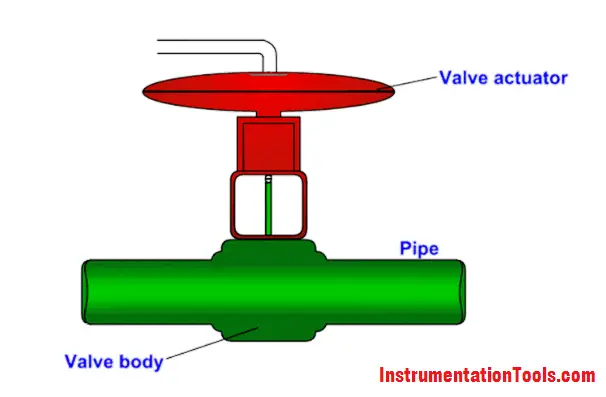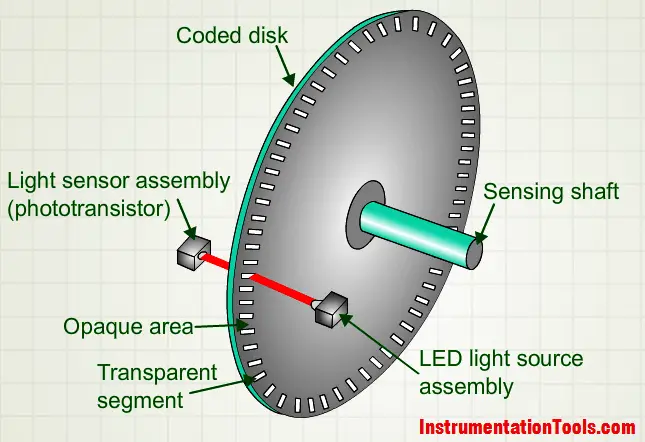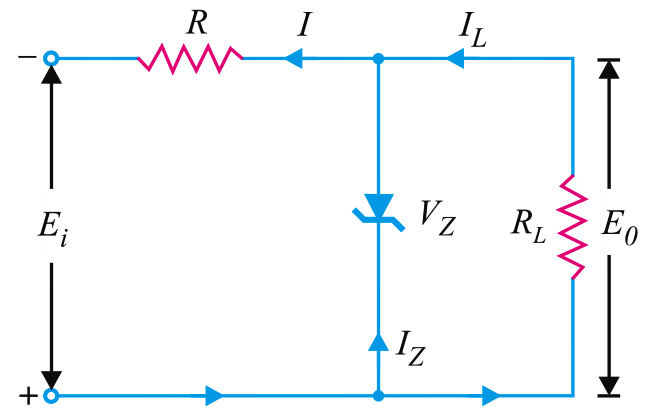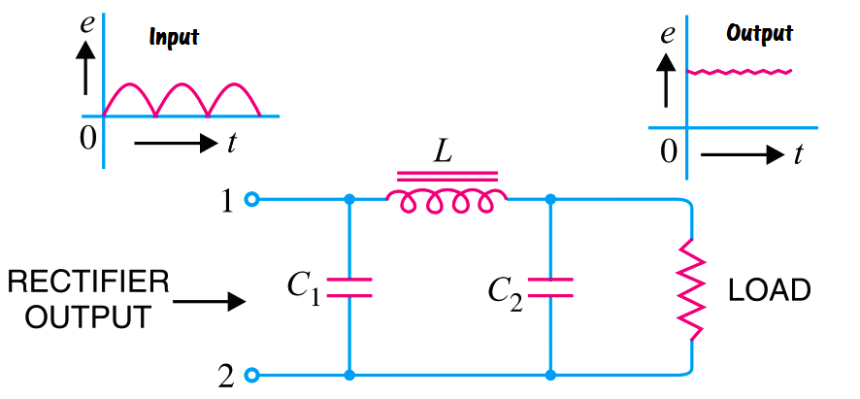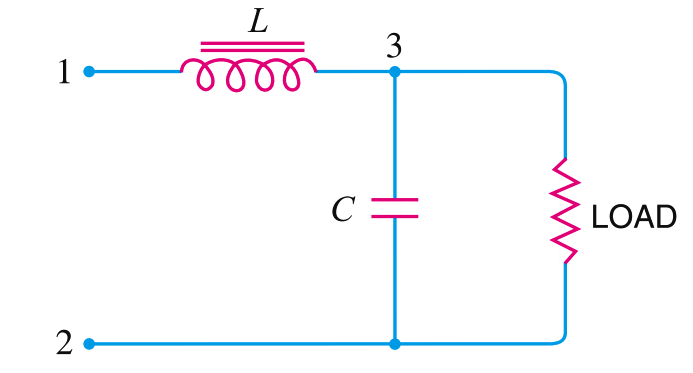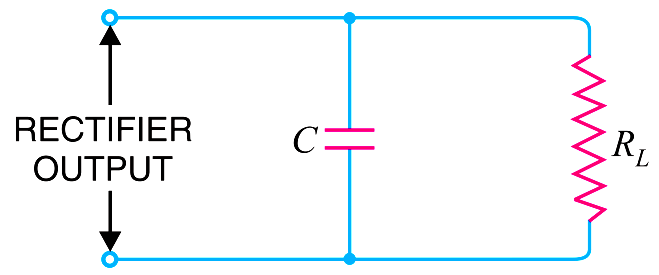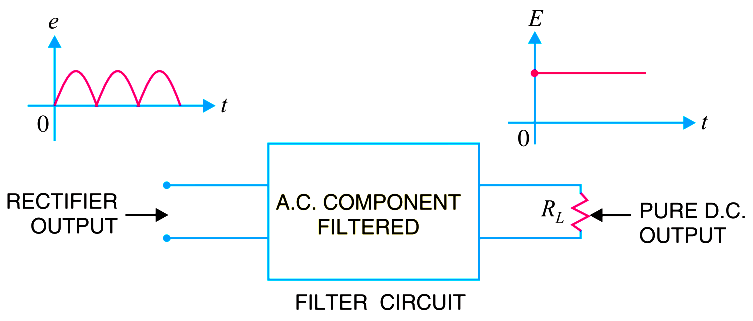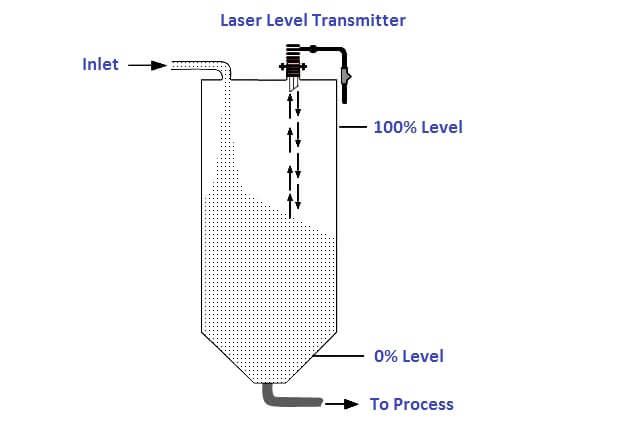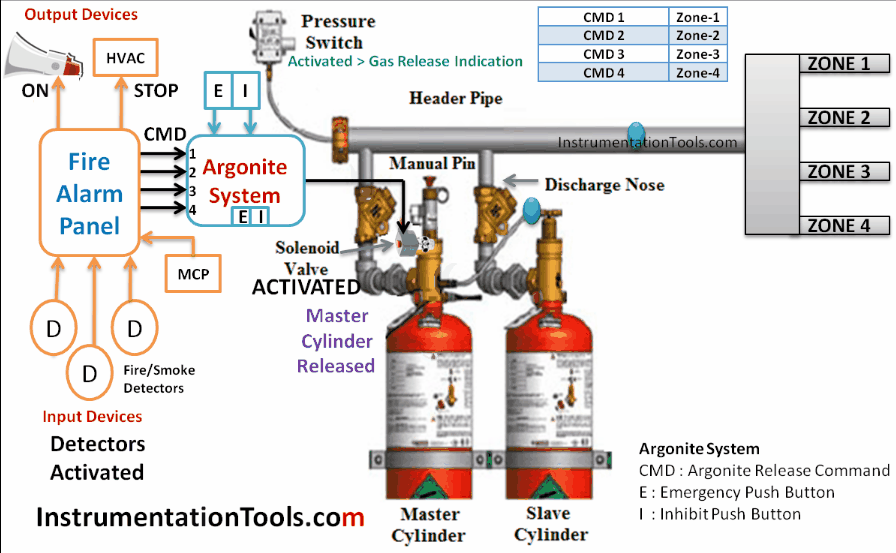Difference between Pneumatic, Electrical & Hydraulic Actuators
Major Difference between Pneumatic, Electrical & Hydraulic Actuators. Read about Pneumatic Actuators, Electrical Actuators & Hydraulic Actuators. Pneumatic Actuators A pneumatic control valve actuator converts energy (typically in the form…
Spring and Diaphragm Pneumatic Actuators
Spring and diaphragm pneumatic actuators can be "direct-acting", meaning that air to the diaphragm casing pushes the actuator stem downward. This "air-to-close" action compresses the spring, which in turn pushes…
Encoder Working Principle
Encoders are used to translate rotary or linear motion into a digital signal. Usually this is for the purpose of monitoring or controlling motion parameters such as speed, rate, direction,…
Operation of Zener Diode Voltage Regulator
A rectifier with an appropriate filter serves as a good source of d.c. output. However, the major disadvantage of such a power supply is that the output voltage changes with…
pi filter Operation
The below Fig shows a typical capacitor input filter or π- filter. It consists of a filter capacitor C1 connected across the rectifier output, a choke L in series and another…
Choke Input Filter Operation
The below Fig. shows a typical choke input filter circuit. It consists of a Choke L connected in series with the rectifier output and a filter capacitor C across the load.…
Capacitor Filter Operation
Capacitor filter. Fig. shows a typical capacitor filter circuit. It consists of a capacitor C placed across the rectifier output in parallel with load RL. The pulsating direct voltage of the…
What is a Filter Circuit ?
Generally, a rectifier is required to produce pure d.c. supply for using at various places in the electronic circuits. However, the output of a rectifier has pulsating character i.e. it…
Laser Level Measurement Principle
The least-common form of echo-based level measurement is laser, which uses pulses of laser light reflected off the surface of a liquid to detect the liquid level. Perhaps the most…
Argonite Fire Suppression System Working Principle
Argonite is a composite gas that consists of 50% Nitrogen and 50% Argon. The gas is mixed and stored under pressure. The composite is completely inactive and is not involved…

